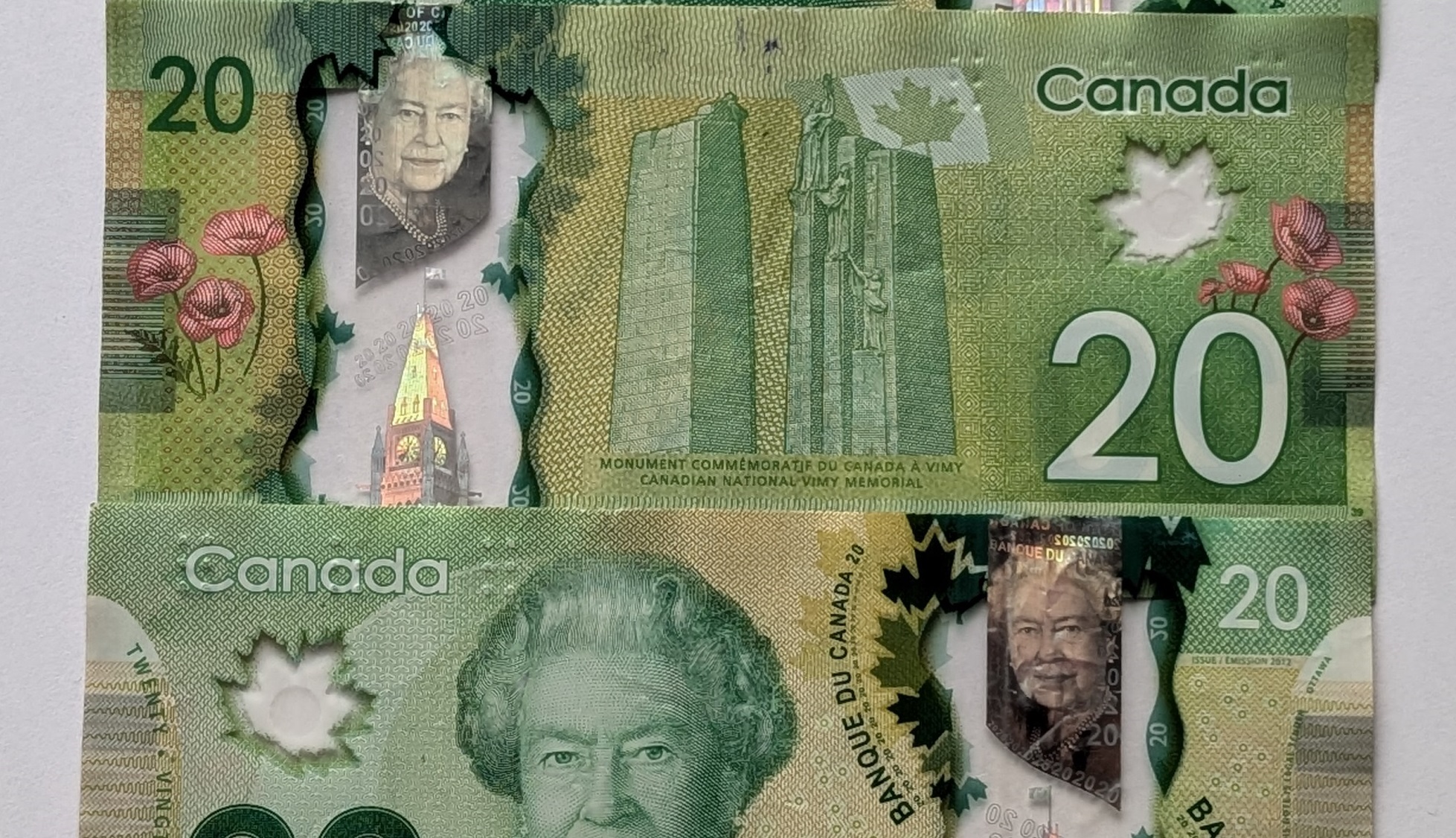Analysis of Exchange Rate Surge: Canadian Dollar Fluctuations and Their Impact on Iran's Economy
Wednesday 22 Jan 2025The unprecedented surge of foreign currencies against the Iranian Toman continues. Over the past 24 hours, the Canadian Dollar has seen a sharp increase, rising from 57,700 Tomans to over 58,300 Tomans, setting a new record. These fluctuations, driven by inflation expectations, economic instability, and external pressures, have had serious impacts on import costs, domestic production, and inflation in Iran's economy, highlighting the urgent need for immediate measures to stabilize the currency m

The upward trend of foreign currencies against the Iranian Toman continues
Iran’s currency market remains volatile as the Canadian Dollar (CAD), a significant currency in trade exchanges, has seen a sharp increase in the past 24 hours. According to data from Canadian exchange markets, the CAD rate, which stood at 57,700 Tomans yesterday, has surpassed 58,300 Tomans today (January 22, 2025). This rise of nearly 600 Tomans in just one day highlights the persistent upward trajectory of foreign currencies against the Iranian Toman.
Trends in other currencies
The US Dollar has followed a similar pattern, breaking past the 83,000 Toman mark and setting a new record. Wednesday's market analysis reveals that the free-market exchange rate for the US Dollar continues to climb, with no concrete signals to stabilize or curb this volatility.
Key Factors Behind the Exchange Rate Increase
1. Inflation Expectations and Economic Uncertainty
Economic experts believe that uncertainty regarding the country’s economic future and high inflation expectations are driving the currency surge. A lack of clear and stable economic policies has led people and investors to buy foreign currencies as a means of safeguarding their assets.
2. Political Signals and International Ambiguities
Although there have been positive signals from Iranian officials regarding negotiations and improving international relations, these have yet to make a tangible impact on the currency market. Furthermore, the uncertainty surrounding US policies towards Iran has fueled volatility, creating a precarious situation in the market.
3. Increased Market Demand and External Pressures
Growing demand for the Canadian Dollar due to trade and international travel needs, coupled with global currency fluctuations, has contributed to the rise in CAD rates. Additionally, Iran's heavy reliance on imports and its vulnerability to external economic pressures have exacerbated the situation.
Today's Exchange Rates
Based on data from the ArzKoocheh website:
- CAD Selling Rate: 58,125 Tomans
- CAD Buying Rate: 57,500 Tomans

The 625-Toman gap between buying and selling rates reflects transaction costs and market fees. This disparity also highlights the increasing demand for CAD in the market.
Economic Impacts of Rising Exchange Rates
1. Higher Import Costs
The rise in exchange rates has increased import expenses, driving up the cost of essential goods and eroding consumers' purchasing power.
2. Effects on Domestic Production
Domestic manufacturers reliant on imported raw materials face higher production costs, leading to reduced competitiveness in both local and global markets.
3. Increased Inflation Expectations
The persistent rise in exchange rates exacerbates inflation, intensifying financial pressures on Iran’s economy.
Conclusion
Iran’s currency market remains under significant pressure, with the Canadian Dollar exceeding 58,000 Tomans and the US Dollar setting new records above 83,000 Tomans. Addressing these challenges requires comprehensive economic policies reducing political tensions, and enhancing transparency in decision-making.
Tracking the currency market through credible sources like ArzKoocheh and staying updated on global trends can help both individuals and businesses navigate this volatile environment more effectively.
This analysis provides a detailed overview of the current situation, emphasizing the pressing need for actionable solutions to stabilize Iran’s currency market and economy.
